You are here
Kokshetau park.
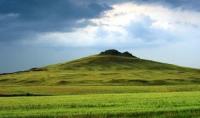
Travel on park Kokshetau.
“Beauty is a manifestation of secret natural laws, which otherwise would have been hidden from us forever”
Exploring Kokshetau region.
In the North Kazakhstan near Kokshetau city geologists studied a large assemblage of ancient metamorphic rocks and granites, called “Kokshetau block”. This region of surprising beauty lakes and forests is now known as the State National Natural Park “Kokshetau” organized in April 1996.
The Park is located 60 kilometers southwest of Kokshetau within Zerenda area of Kokshetau region and Aiyrtau area of North Kazakhstan region. Its main task is to preserve and restore the unique mountain-forest and lake ecosystems, as well as historical, archaeological and national culture monuments.
The main attractions of the landscape of the park are the forests - pine forests and birch groves. The largest animals living here are: elk, deer, bear. Picturesque landscape is largely due to the fact that forests grow on rocky granite hills, separated by blue lakes.
Geological world-class attraction is the unique Kumdykol micro-diamond deposit with the enclosing rocks, formed under extreme pressure. The oldest metamorphic rocks in the park compose Zerenda series relating to the Lower Proterozoic.
Crystal schist, gneiss, marble, calcifer, migmatite and eclogite are one of the most ancient rocks encountered in Kazakhstan. Their age, according to estimation of Kazakhstan, Russia, Germany, USA, Japan, Belgium geologists is about 2.5 billion years.
It is believed that in those ancient times the Earth, like a modern Venus, was covered with a hot and dense atmosphere. Therefore, even on its surface minerals could occur that are stable to high temperatures. Such conditions are considered common for metamorphic rocks in many parts of the Earth.
However, in the Kumdykol diamond deposits area such unusual association of minerals is studied, which makes geologists from different countries to reflect on the possible genetic scenarios. Theoretically it is proved that those rarest combinations of minerals, which form Kumdykol metamorphic rocks could occur only at very high temperatures (up to 10000 C) and pressures (up to 60 kbar).
According to modern scientific ideas, the main reason lies in the movements of continental plates and blocks of the lithosphere, which, as in the present, took place in ancient times. Kumdykol complex of metamorphic rocks is considered as a zone of collision of two continental blocks.
It is believed that these mineral associations started formation in the depths of the mantle, and then the magma, consisting of them, entrenched in the earth’s crust. No less interesting is another model when the main role belongs to the deep faults.
Through them from the deep interior of the Earth high carbon liquids and gases (fluids) raised. So in the earth’s crust the substance necessary for the formation of diamonds arrived. Simultaneously, the shift deformations happened causing in some areas of very high pressure creation.
Precisely in these places eclogite and other diamond-bearing rocks were formed. Kumdykol is the largest diamond deposit in the world. The estimated reserves are almost of 2.5 billion carats. This is more than all the deposits of Yakutia.
But the field has not been fully studied. The forecasts of its reserves can be increased by 3 times. Currently, diamonds are not mined, because very small crystals dominate - not more than 1,5 mm. The average size is 0,037 mm.
These diamonds are not used in jewelry. But for technical purposes there is enough cheap synthetic diamonds. However, by technical characteristics Kumdykol diamonds significantly superior to synthetic and Yakut ones.
They have a high abrasive ability and much less wear out in drilling crowns, and saws. In addition, the situation on the world diamond market may change, for example, in connection with the development of nanotechnology.
The field remains unique and causes great scientific interest. Among other events so rich for the long history of Kokshetau crust blocks development, we select the formation of large granite massifs. This happened repeatedly.
For example, in the Late Ordovician (about 450 million years ago) the rocks of Zerenda and Krykkuduk complexes were formed - granite, plagiogranite, quartz diorite, diorite. They form the hugest massifs - Zerenda and Samalkol.
Krykkuduk complex is often gold-bearing. Later, in Middle Devonian (about 380 million years ago), a number of granite massifs of Orlinogorsk complex appeared composed of alaskite and leucocratic biotite granite: Aiyrtau, Imantau, Ermakov, Zolotonoshsky etc.
Rare-metal mineralization is connected with this complex. Granite compose the bed of picturesque lakes - Shalkar, Imantau, Lobanov, Zerenda etc. Rocky hills are usually covered with pine forests.
Devonian granite is especially favorable for the development of forest ecosystems.
This is due to the peculiarities of its structure and microelement composition.
Geographic coordinates of Kokshetau National Park: N53 ° 05'51.59 "E68 ° 22'01.04"
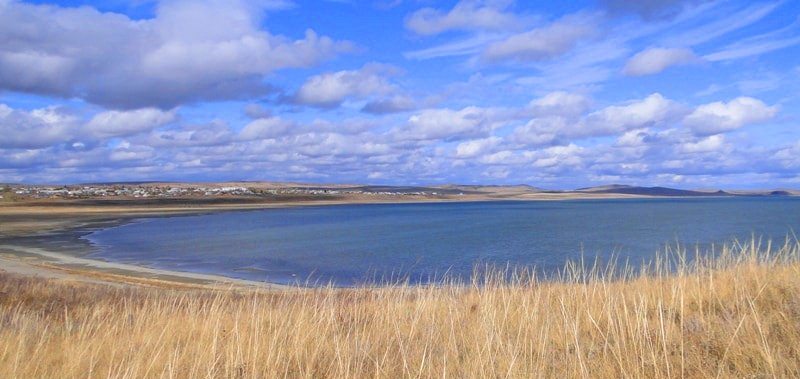
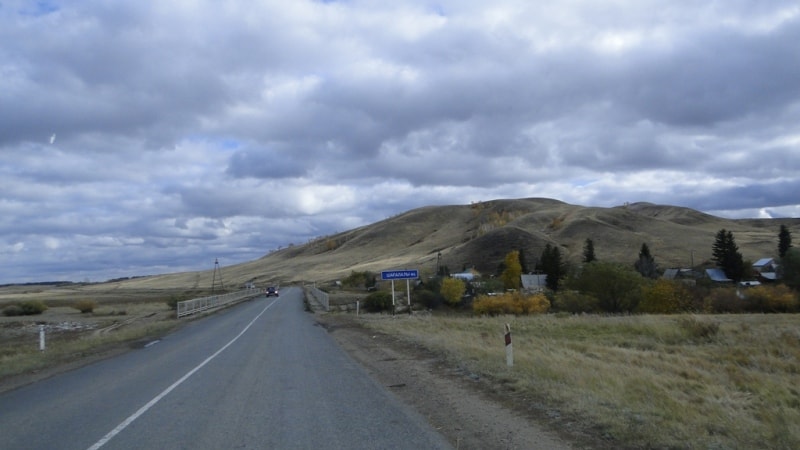
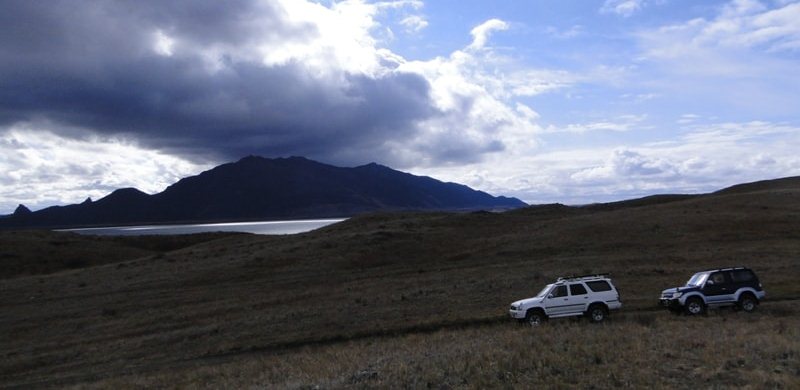
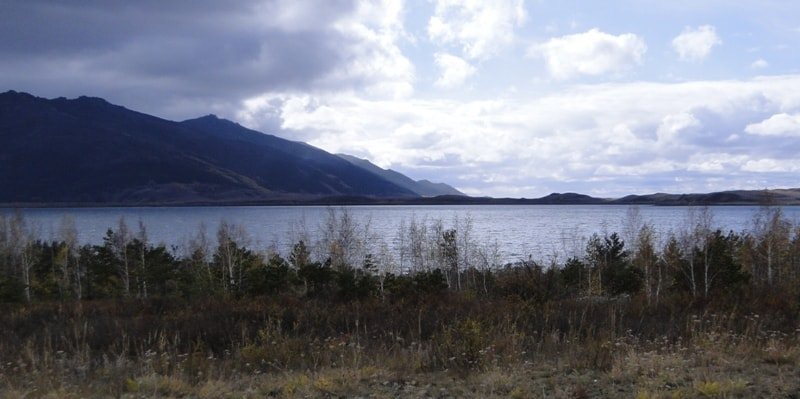
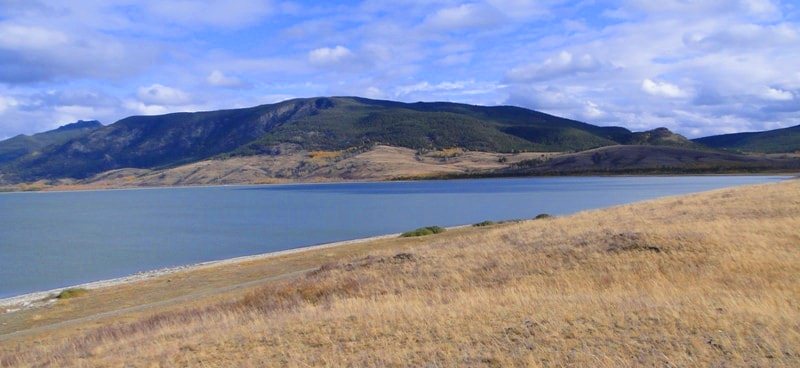
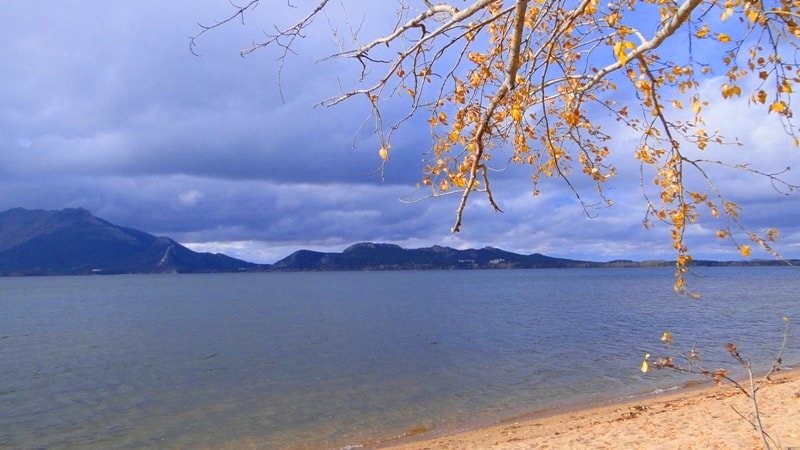
Authority:
Ilya Fishman, Yuliya Kazakova “Millions of years before the Silk Road. Geoparks in Kazakhstan”. Printing house “Idan“ Kommunal’naya, 39, Almaty, Kazakhstan http://yadi.sk/d/4_6z_blyoxnqe
Photos by
Alexander Petrov.







